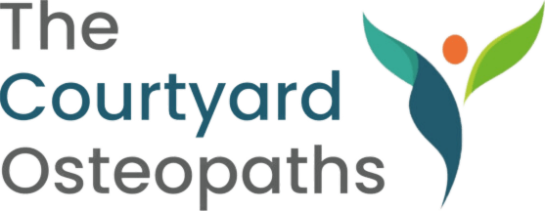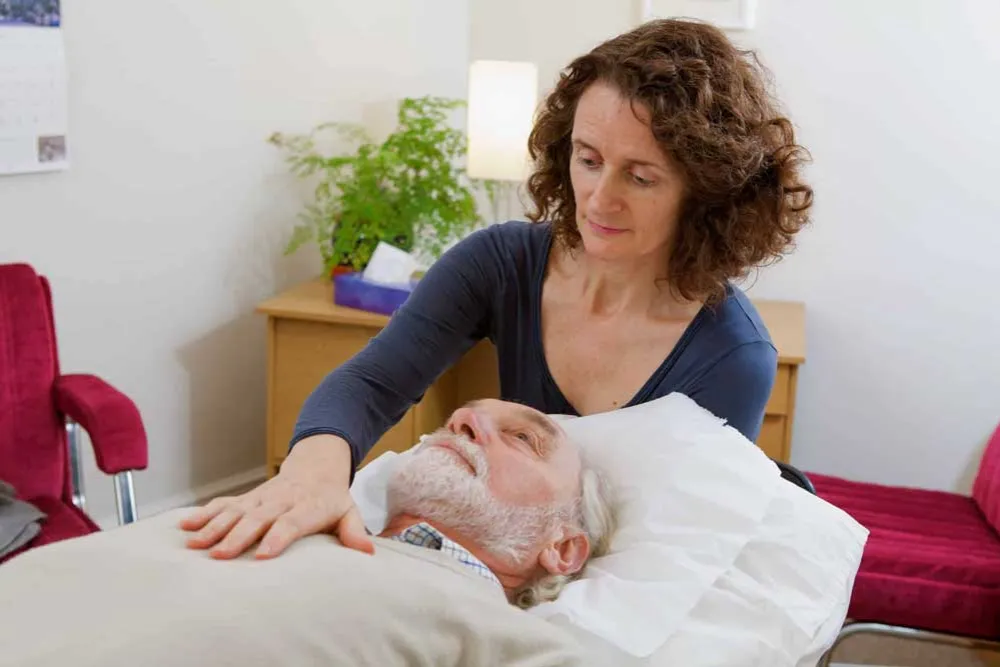What is proprioception?
Defined as an internal awareness of the location and movements of the body, proprioception is how we know where our various body parts are at any one time. Try it out now: close your eyes and touch one finger to your nose. Chances are you’re going to be pretty accurate even though you can’t see the target. This is thanks to a complex combination of nerve receptors embedded within your muscles, ligaments, tendons and joints. Most of the time it’s happening subconsciously – the receptors are constantly providing feedback to the balance centres in our brain about how much force is going through each joint, how long each muscle is, what kind of surface we’re standing on etc..
What happens when we injure a joint?
When our proprioceptive system malfunctions, we lose some or all of the ability to accurately tell where our bodies are located in space. A famous (but extreme) example would be in phantom limb syndrome which some people experience after amputation (they may have a feeling that the limb is still present). A far more commonplace occurrence is after a joint injury such as an ankle sprain. When we sprain a ligament, not only do we cause damage to the ligament itself but we also damage the nerve receptors embedded within that ligament and lose some of the information they provide. In the case of a sprained ankle, the brain is now only receiving part of the picture about where the foot is placed on the ground; we are then more likely to re-injure the same ligament. Proprioceptive exercises are an important part of rehabilitation following an injury.
How can I use proprioceptive exercises?
On a personal note, I sprained my ankle running in the woods yesterday so for the next few days and weeks I am going to focus on retraining my proprioception – a good first step (excuse the pun) is to practise standing on one leg. When that becomes easy, I’ll do the same thing with my eyes closed for added challenge. Standing on an unstable platform such as a wobble board can also help with rehabilitation of knee or ankle injuries and help prevent further damage to the joint.
Fun fact! The ankle contains the second highest density of mechanoreceptors of any of the joints in the body, the first being found in the TMJ (jaw joint).
What Do Other People Think

Rated 5 star by over 40+ clients

